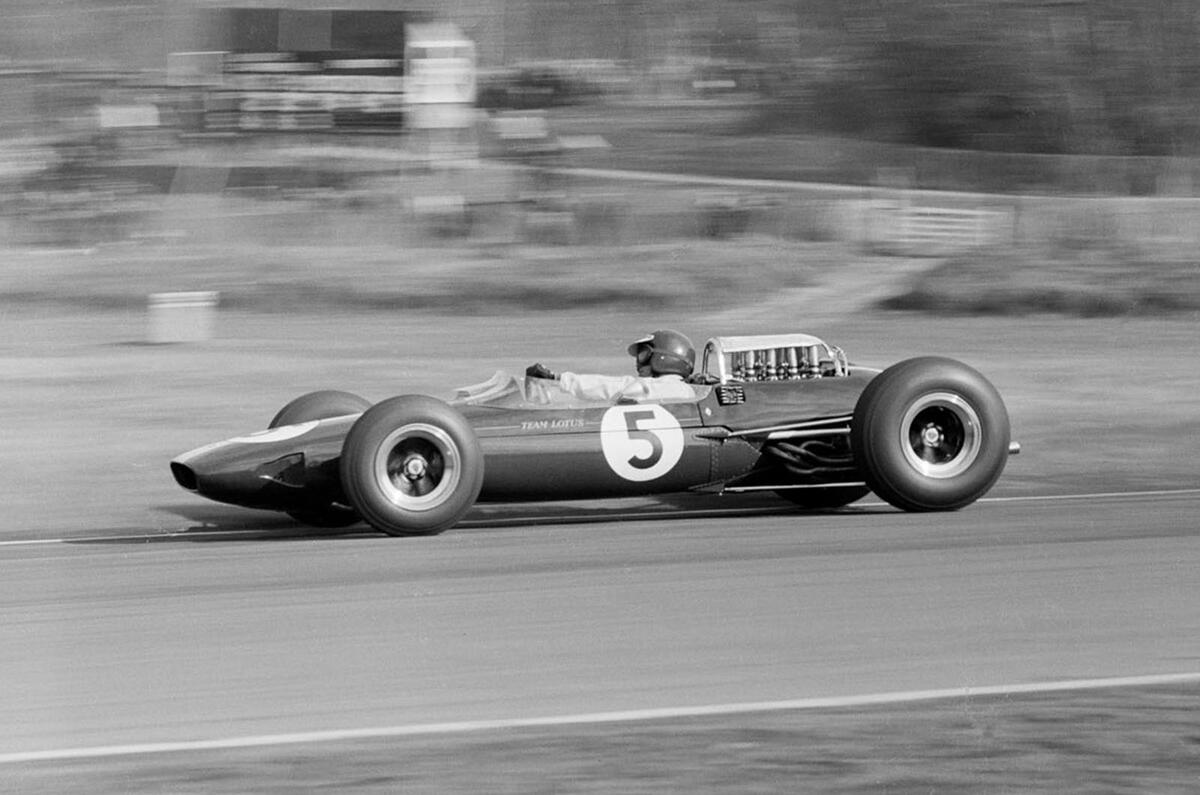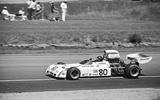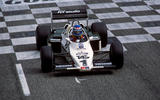This year’s F1 sprint race format might have got the rule makers in a twist as to exactly what to call the new style of Saturday competition, but a non-championship race isn’t as ground-breaking as it seems at first. For those who are old enough to remember, two races per weekend isn’t something entirely new.
Back in the 1960s and ’70s, F1 teams gladly turned out for non-championship races often featuring two-part heats, and of all the ‘pointless’ races, those at Brands Hatch and Silverstone survived the longest and tended to carry the most prestige – even if they were officially meaningless.
To recall that echo, here’s a look back at some of the best from the sport’s golden decades.
1965 Race of Champions: Clark’s rare mistake
A new tradition kicked off as Brands Hatch impresario John Webb introduced a new non-championship F1 race called the Race of Champions. Run on March 13 1965, it marked a curtain-raiser to the British season, featuring a fine field of grand prix talent – the most famous of whom dropped a massive and all too surprising clanger.
Embarking on what would be his greatest season, Jim Clark won the first 40-lap heat – but in the second dropped his Lotus at Bottom Bend under pressure from his friend Dan Gurney. Then the American fell out three laps later when the engine in his Brabham failed. And when Gurney’s boss Jack Brabham lost his oil, that left the second Lotus of Mike Spence to score a surprise breakthrough victory. Thus a Race of Champions tradition was established: out-of-the-blue winners became a thing.
1970 International Trophy: Amon to all that
Kiwi Chris Amon was one of the fastest grand prix drivers of his generation, but renowned for his bad luck, he only won two F1 races, both of which were non-championship. The first was the Silverstone International Trophy in 1970 – and even then he didn’t finish at the front of the second heat.
Amon won the first, which meant in the second he just had to keep within 12sec of a visibly hard-working Jackie Stewart to take the Trophy on aggregate. The victory continued a remarkable run by those cocky upstarts at March, co-founded by among others young design genius Robin Herd and future FIA president Max Mosley. Stewart had already won on the 701’s debut at the Race of Champions and at the Spanish GP too, a week before Silverstone. Three victories in the constructor’s first four F1 races, then – but it was a false dawn. March never again had it so good.
















Join the debate
Add your comment
Yes, why not bring them back? It would be a great opportunity for up and coming F1 drivers to be given an opportunity - and I'd love to see them driving two or three year old F1 cars which would prevent teams from using sprint races to develop their current models. Certainly I think this would be a more interesting than the short sprint race we had at Silverstone which didn't add much to the weekend with predicatably the fastest cars and drivers dominating as expected.
The sprint race on Saturday gives too much away for the main event on Sunday. I believe the previous sprint race lead to Lewis Hamilton taking the dangerous lunge up the inside of Max Verstappen at Silverstone. Lewis knew from the previous day that he had to get Max by that corner.